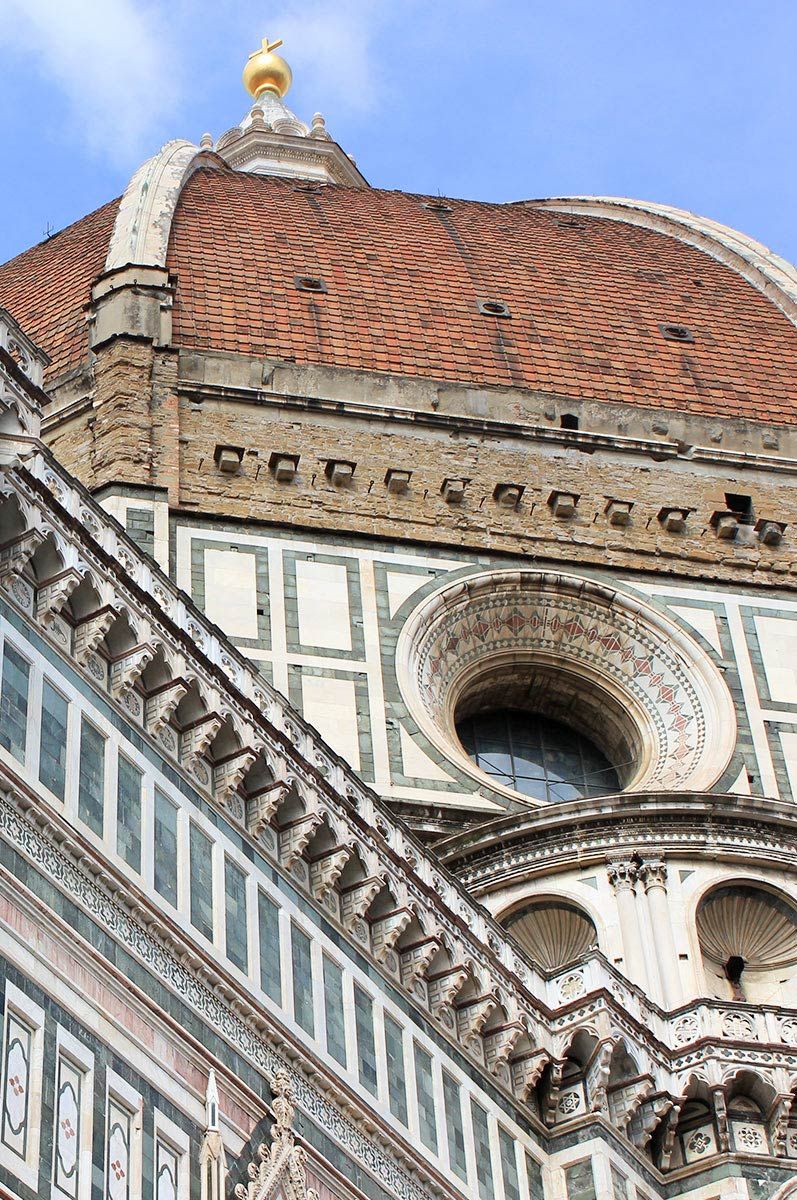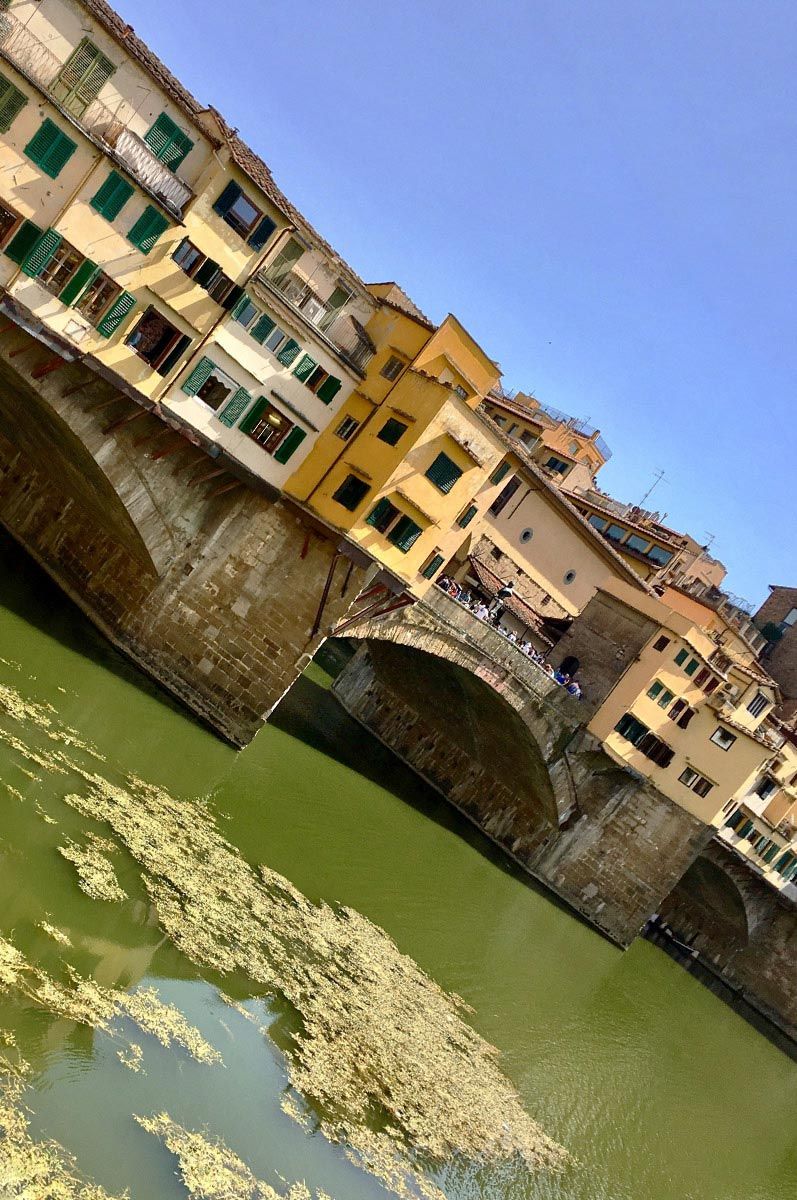Find Florence
Fabulous Florence
Florence is a beautiful, classic Italian city with something of interest around every corner. Its lack of city-centre traffic helps it to be a place for appreciating the traditional beauty of the many streets and allows you to almost forget what period of time you are in. You can’t help but experience the many influences from the Renaissance period. In fact, you can see all of the great artists of the period here (you can mark off all four of the Turtles if you are playing Ninja Turtle Bingo in Florence!) And of course, who can visit Florence without a trip to its famous Duomo?
Need further inspiration for your future travels? Are your plans leading you further across Italy? Have a read of more of our adventures by exploring our other blogs or check out our social media pages for photos and handy tips. Have you already been to Florence? We’d love to hear back from you and share your own experiences. Follow us on social media, drop us photos, edits or updates or maybe you’ve found something new and exciting that we should be aware of?
Happy travelling and ciao for now!


Lonely Planet Phrase Guide
Many visitors to Italy get around without speaking a word of Italian, but just a few phrases go a long way in making friends, inviting service with a smile, and ensuring a rich and rewarding travel experience.

DK Eyewitness Florence
An unbeatable pocket-sized travel guide to Florence, packed with insider tips and ideas, colour maps, top ten lists and a laminated pull-out map, all designed to help you see the very best during your trip to Florence.

Wonders of Florence
The first pop-up book on Florence, this books spectacular drawings and paper architecture reveal Florence and its treasures in a pop-up format, telling the city's history with straightforward texts and interesting facts.


















































